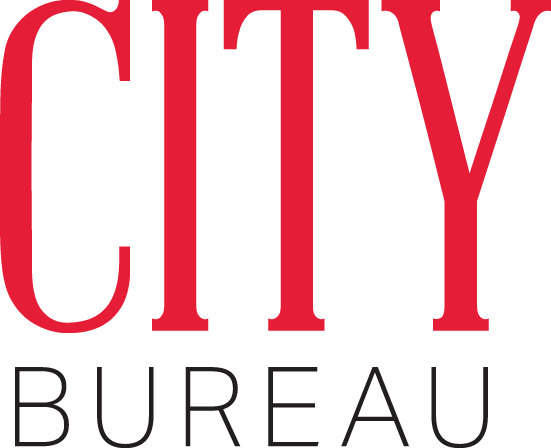BY ELEANORE CATOLICO
“This board is illegitimate!”
The cry reverberated inside police headquarters in Bronzeville on Thursday during a meeting of the Chicago Police Board. Activists with the Black Lives Matter movement turned out to demand justice for Rekia Boyd, the 22-year-old woman shot and killed by off-duty officer Dante Servin in 2012. Servin was criminally charged, but his case was thrown out due to a legal technicality, an outcome some critics blamed on Alvarez’s office.
About 40 members of Black Youth Project 100, Assata’s Daughters, and other affiliated groups, each of which had campaigned to oust incumbent Cook County state’s attorney Anita Alvarez, donned bright yellow shirts that read fire dante Servin.
At the meeting’s outset, police board president Lori Lightfoot said Servin’s public hearing would take place May 19. Demonstrators met the announcement with jeers. Former police superintendent Garry McCarthy recommended that Servin be fired nearly four months ago. Still, the police board has not heard the case.
(Michael Key/City Bureau)
The delay, said BYP100 organizer Damon Williams, “is an assertion of power to prove to the community that . . . our demands don’t matter. It seems to invalidate our presence.”
In anticipation of the four-year anniversary of Boyd’s death this Monday, BYP100 hopes the #SayHerName campaign, aimed at shedding light on black women and girls who are victims of police violence, catches fire as quickly as #ByeAnita, the social media campaign critical of Alvarez that took root in the run-up to the primary.
“We’re here to put pressure on the board, and prove their dishonesty,” Williams said, “[and] their lack of respect for human life.”
The first speaker during the meeting’s public comment section was Dorothy Holmes, the mother of Ronald Johnson III, who was fatally shot by Chicago police officer George Hernandez in October 2014 during a foot pursuit. Dash-cam footage released last December shows Johnson running away from police before he was shot and killed. Shortly after the video’s release, Alvarez declined to file charges against Hernandez because Johnson was carrying a gun when he was shot. Both Alvarez and Johnson’s lawyer blamed the slow process on the Independent Police Review Authority.
“We’re getting tired as hell. Ya’ll just as guilty as these police officers,” Holmes said, addressing the board. “Everyone else ain’t safe but ya’ll are.”
The sentiment was echoed by activists who took the microphone. Among their demands: an elected police board, the redirection of funds from the police department to schools and clinics, and Servin’s dismissal.
Community members not affiliated with BYP 100 attempted to walk to the podium and speak but were drowned out by the activists’ chants. At one point, a woman defended another person’s right to speak, which resulted in a tense verbal exchange between the activists and other attendees.
(Michael Key/City Bureau)
The demonstrators eventually came together in the center of the room and began to chant, “Fuck Lori Lightfoot!”
About a half hour after after the protest began, Lightfoot said, “Officers, please clear the room,” and demonstrators were escorted outside. Lightfoot adjourned the meeting shortly thereafter. (The Chicago Police Department declined to comment on particular tactics used to escort protesters out of the room.)
It was the second time in the past month that an action by black youth activists in Chicago led to the interruption of a public meeting on police matters. Demonstrators previously disrupted a Police Accountability Task Force meeting.
Outside police headquarters, the activists joined hands in solidarity. Among those in attendance were people whose loved ones were harmed by a police force that, demonstrators say, doesn’t care about the loss of black life. Martinez Sutton, Boyd’s brother, has become a fixture at these meetings and protests. A man who identified himself as representative of Bettie Jones, who was shot and killed the day after Christmas in what police admitted was an “accident,” said officers had no respect for her life. Shapearl Wells, the mother of Courtney Copeland, who was killed this month but whose shooter remains unknown, said police had not done enough to find his killer.
“I don’t see this type of bloodshed and ravage on the Gold Coast,” Wells said. “This is a choice to allow our black and brown children to die in the streets.”
This report was published in collaboration with the Chicago Reader.






